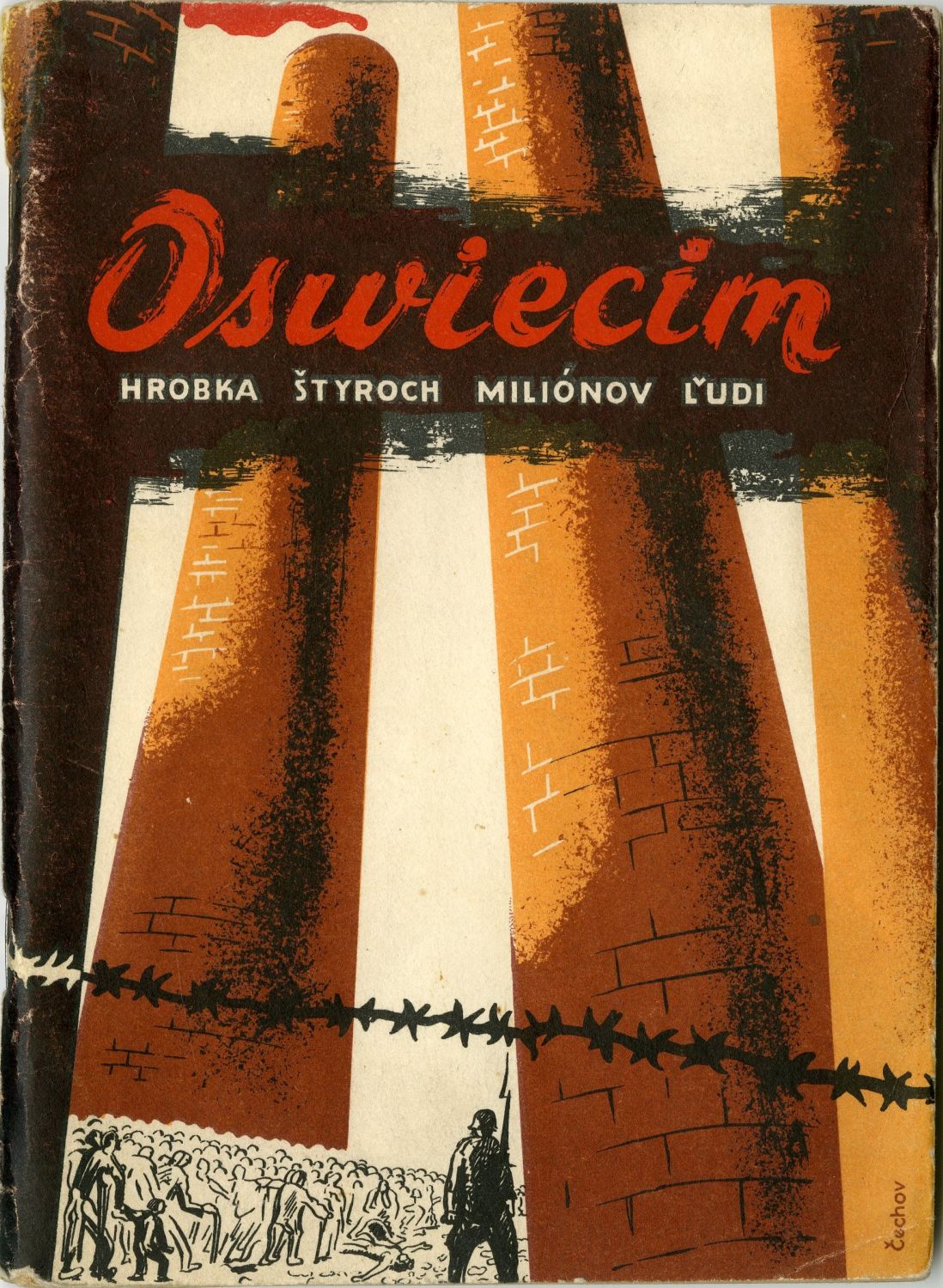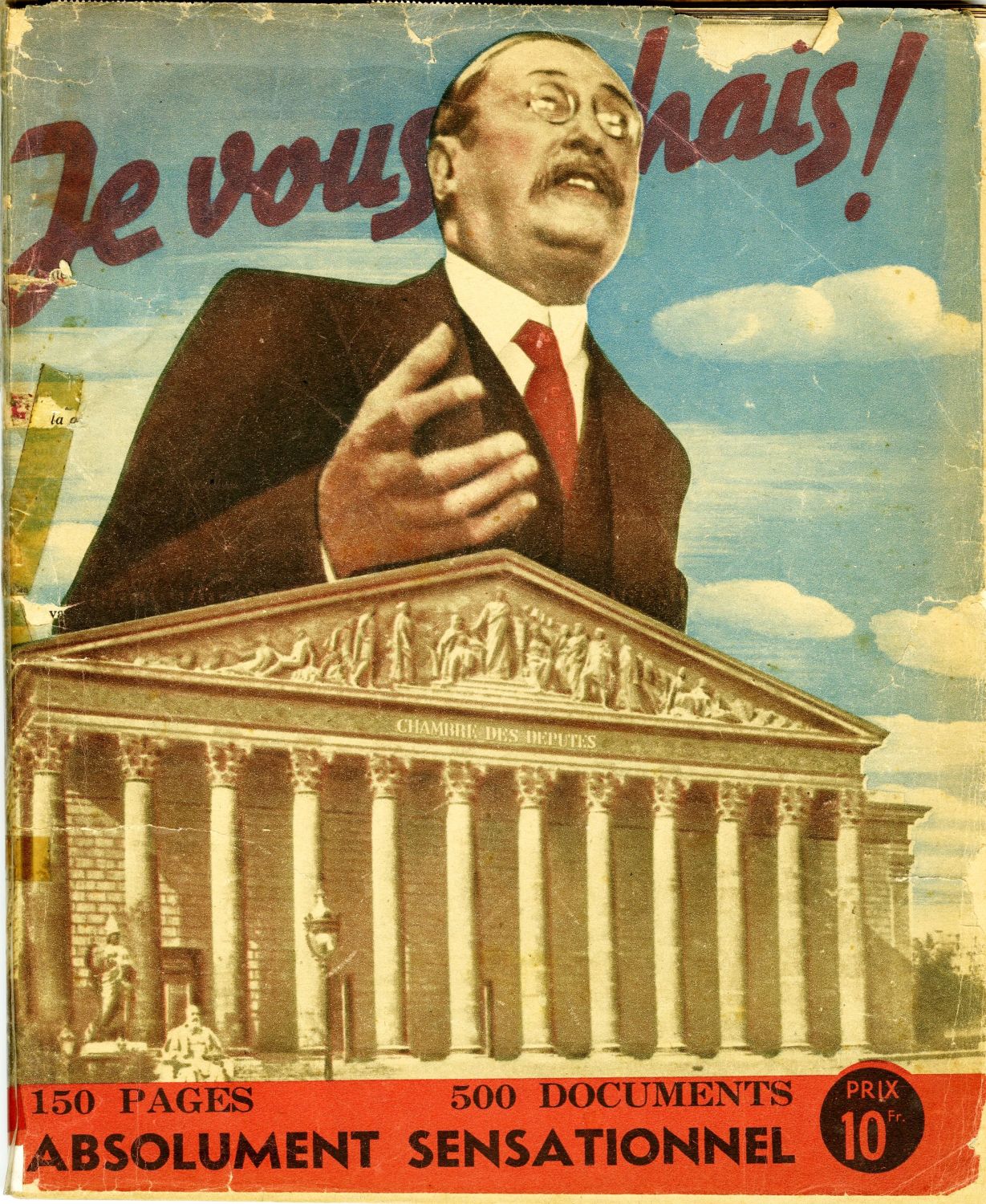Plan getta pabioricach - hand-drawn map of the Pabianice Ghetto (Pabianice district of Lodz, Poland) - the ghetto whose residents were almost all murdered. Ink on tracing paper. Signed "bm". Diagram showing the main streets, entrances, and the ghetto wall (in red). Early c. 1940s.
On the eve of the war, nearly 9,000 Jews lived in Pabianice – about a quarter of the population. The Germans entered the city on September 7, 1939 and began abusing the Jews. The Germans destroyed the synagogue and turned it into a stable, Jews were kidnapped for forced labor, and factories owned by them were confiscated. In the autumn of 1939, the German authorities ordered the city's Jews to establish a Judenrat. In February 1940, the Germans established a ghetto in Pabianice's old city. Initially the ghetto was open and its boundaries were marked by signs with yellow Jewish stars placed at street corners enclosing it. About 9,000 Jews lived in the severely overcrowded ghetto, and sometimes several families had to live together in one room. Between 450-550 Jews were employed outside the ghetto in German institutions. Most workers received meager wages, and some received no wages at all, but working outside the ghetto allowed Jews to smuggle food into it. The ghetto also had various welfare and medical aid institutions. Among other things, the "Malbish Arumim" society operated there, and the welfare department established an old age home and supported 50-60 elderly. On May 23, 1941, a first group of 231 Jews left the ghetto for the Lodz ghetto and from there was transferred to a labor camp. A second group of 313 Jews left the ghetto on September 7, 1941, and more groups were sent from the ghetto until January 1942. Over time, the situation in the ghetto deteriorated. The ghetto closed, some of the factories were shut down, and the Jews lost their livelihood. In September 1941, telephone use was banned in the ghetto. In the winter of 1941/42, as part of the "German Winter Relief" operation, the Germans removed 15 carts full of objects taken from the Jews from the ghetto. The Judenrat was ordered to prepare a list of all ghetto residents and indicate employed and unemployed, children up to age six and all mentally ill and disabled. In the summer of 1942, after lengthy interrogations and trial, they were executed. Some time after the extermination camp at Chelmno began operating, in the first half of 1942, a central warehouse for the belongings and clothes of murdered Jews was established near Pabianice, and Jewish forced laborers from the ghetto were employed there to sort and repair the property of the murdered.
The Pabianice ghetto was liquidated between May 16-20, 1942. Two months earlier, all ghetto residents were marked with letters. Those deemed fit for work were marked with the letter A, and all the rest were marked with the letter B. There were also healthy people who tried to get the letter B so as not to be sent to forced labor camps. On May 16, large police forces under the command of police chief Hans Mayer surrounded the ghetto, and the Jews were ordered to stand at the entrances to their homes without any belongings, seemingly for registration. The Germans combed through the houses, and anyone trying to hide was shot on the spot. The patients at the local hospital were thrown out the windows to their deaths. On the same day, the Germans led the Jews to the sports field in the city center. They were held there for two days and a selection was carried out. Anyone who tried to resist was shot on the spot. About 5,600 Jews marked with an A were transferred to the Lodz ghetto. The rest were taken by rail to Chelmno and murdered there. After the liquidation, 150-200 Jews remained in Pabianice, mostly tailors, and on August 10, 1942 they too were transferred to Lodz.
Size: 31x21 cm. Light tears in the margins. Good condition.









